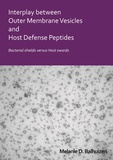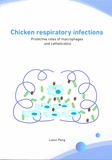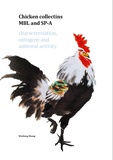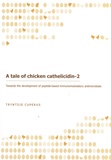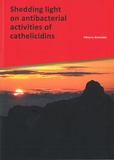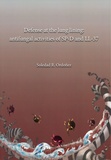Haagsman
Invertebrates rely solely on the innate immune system to protect from infections. However, also in vertebrates this system is important. Most pathogens in mammals and birds are efficiently eliminated by molecules and cells of the innate immune system that are present at the mucosal surfaces of the host. Our knowledge about the mechanisms of action of this system is scant. Some molecules, like collectins, inhibit dissemination of pathogens and help to clear pathogens without eliciting an inflammatory response. Others, like antimicrobial peptides, directly kill bacteria and fungi and have distinct immunomodulatory properties that ensure enhanced sensing of microbes. Understanding the interplay between host defence molecules, myeloid cells, epithelia and microbes is essential to develop strategies to prevent and treat infectious diseases and dysbiosis. In addition, newly acquired knowledge about this system may help to predict susceptibility to infections and proneness to spread disease in farm animals and wildlife.
Host defence molecules are paradigms for the development of new anti-infectives and immunomodulators to prevent and treat infections (several patents pending). Thus, these molecules can be used as alternatives to antibiotics and fungicides, and also as antivirals. Moreover, some of these molecules may be used as immunomodulators to enhance vaccine efficacy or boost farm animal host defence.


